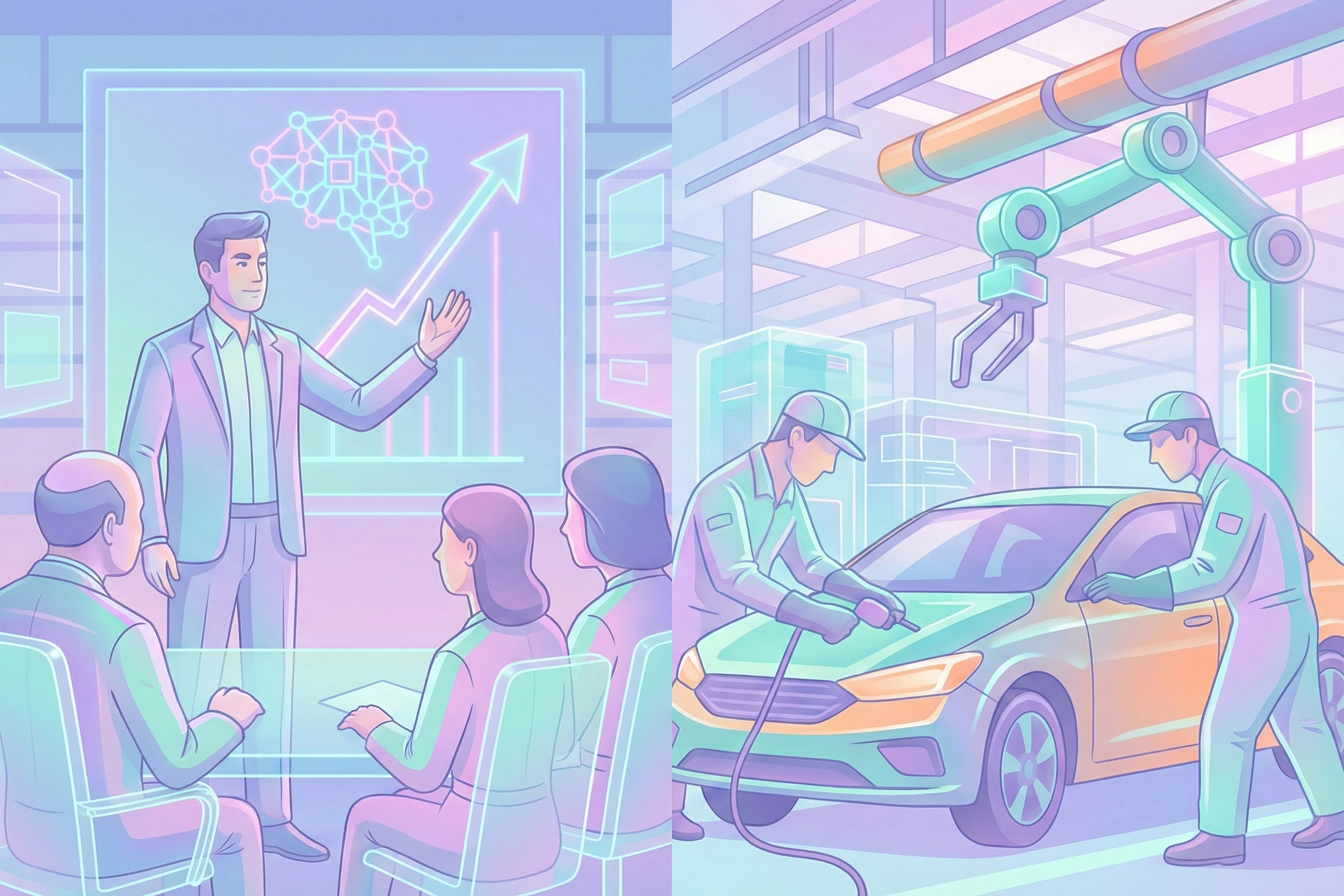Photo courtesy of Zoran Borojevic. © Unsplash
The Dutch Health Council calls upon the government to define and enforce much more stringent regulations for air pollution. The Netherlands have already reduced air pollution significantly to comply with European norms, but particulate matter, nitrogen oxides, and ozone still take some 12,000 lives every year. Such numbers will place this problem higher on the (international) political agenda, but it remains to be seen whether law makers will show the political will necessary to take drastic measures.
Our observations
- The Health Council of the Netherlands reports that, almost everywhere, European norms are met with regard to particulate matter (PM or fijnstof in Dutch), nitrogen oxides (NOx), and ozone. Too high concentrations are still measured in some urban areas (i.e. due to traffic and industry) and some agricultural areas (e.g. from livestock). To illustrate, with 000 victims each year, air pollution is twenty times as deadly as traffic.
- Air pollution accounts for 4% of the so-called 'burden of disease' in the Netherlands, this is comparable to a problem like obesity (5%). The problems it causes include lung disease (e.g. lung cancer) and heart and vascular disease. Children, the elderly, and those with a respiratory disease are particularly vulnerable to these risks.
- A little more than half of all particulate matter, supposedly responsible for 9.200 deaths each year, stems from human activities such as agriculture, road traffic, shipping, and industry. About three quarters of this man-made dust in the Netherlands is produced by neighboring countries.
- In October last year, the ESA Sentinel 5P mission launched a satellite that measures levels of air pollution across the globe. Its relatively high resolution (measuring pollutant concentrations in areas of 7 by 3.5 km) provides detailed insight in local conditions and, more importantly, in the actual sources of pollution.
- Most technological solutions addressing air pollution (e.g. filters or catalytic converters) are placed directly at the source of pollution. Several cities, e.g. Eindhoven, now experiment with large-scale air purifiers to improve urban air quality. In Xian, China, an experimental 100-meter high air-cleaning tower is said to reduce air pollution by 15% in a 10 square kilometer area, and future towers, up to 500 meters high, will cover much larger areas.
- Fighting climate change and air pollution often go hand in hand, but in some cases, there is a direct trade-off between the two. With combustion engines, for instance, greater efficiency (and thus lower carbon dioxide emissions) typically leads to higher NOx emissions. On a higher (political) level, there is a trade-off as well as both problems may compete over limited financial resources and political capital.
Connecting the dots
Climate change, and its causes, remains a topic of debate, and despite the Paris agreement and national efforts to reduce greenhouse emissions, politicians struggle to enforce effective regulations. With air quality, this has proven less difficult in the past, e.g. with lead-poisoning and acid rain, since air quality is a much easier topic to raise and to make political sacrifices. When society starts taking the numbers seriously, twelve thousand victims in a small country like the Netherlands alone may be 'enough' to trigger genuinely drastic measures this time around. The negative effects of unhealthy air are acute, relatively local, and easy to comprehend, and, likewise, actions to solve these problems bring direct and local benefits that are relatively easy to measure and demonstrate. Climate change, on the other hand, is all about the long term and often about intangible effects across the globe.New regulations concerning air quality will affect sectors such as agriculture and logistics, which will be challenged to innovate and invest in cleaner means of production and transport. However, consumers are also bound to experience such measures first-hand as many of our everyday practices are not as 'innocent' as they may seem. More cities will impose stricter emission norms for vehicles in their centers, many cites have already announced full diesel bans for the 2020s, and this may spell the end of non-electric two-wheelers, but also of small recreational boats. The Health Council’s report even mentions the use of wood-burning stoves as a common source of urban air pollution and calls for measures to discourage their use.Interestingly, the very fact that air pollution is an acute and local issue also implies that data-driven solutions can be effective. Precise and real-time air quality measurements, on the ground or from space, can inform those who are most vulnerable, and effects of policy measures, including large-scale purifiers, can be monitored as well. Citizens themselves can also participate in such measurements more frequently with ever smaller and more connected devices. Analytic and predictive systems can thus issue warnings and may even be used by insurance companies to help their ailing customers and prevent further damage to their health.
Implications
- Together with climate change, air pollution is already a major driver behind efforts to electrify road and waterborne transportation. With regard to the consumer market, sales of electric vehicles remain dependent on powerful financial incentives, and these will probably be needed in the foreseeable years as well. In many countries, however, these subsidies are called into question as their effect on climate change is very limited. Air quality is likely to provide a more durable political argument in favor of such subsidies as these vehicles directly contribute to local well-being.
- More precise measurements of air pollution and its sources may increase tension between states. Local solutions will only have a limited impact, and concerted action between states and regions will thus be necessary. Otherwise blame games may emerge between supposed polluters and those who suffer from their emissions.


